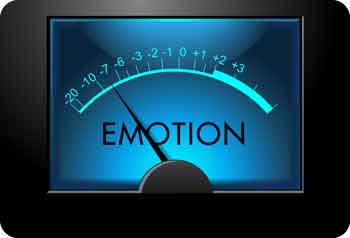#090 - Emotional Regulation

References:
Campbell-Sills, Laura, Barlow, David H.; Brown, Timothy A.; Hofmann, Stefan G. (2006). Acceptability and suppression of negative emotion in anxiety and mood disorders. Emotion, 6(4), 587-595. doi: 10.1037/1528-3542.6.4.587
Written by Juanita N. Baker, Ph.D


 Give to Florida Tech
Give to Florida Tech 